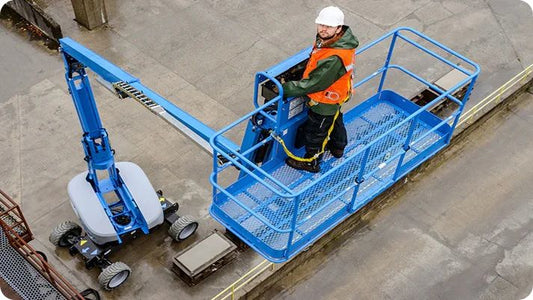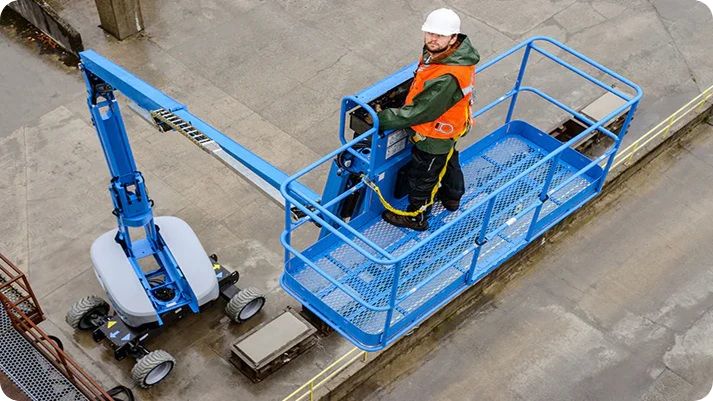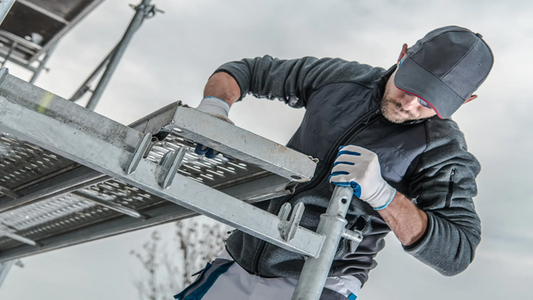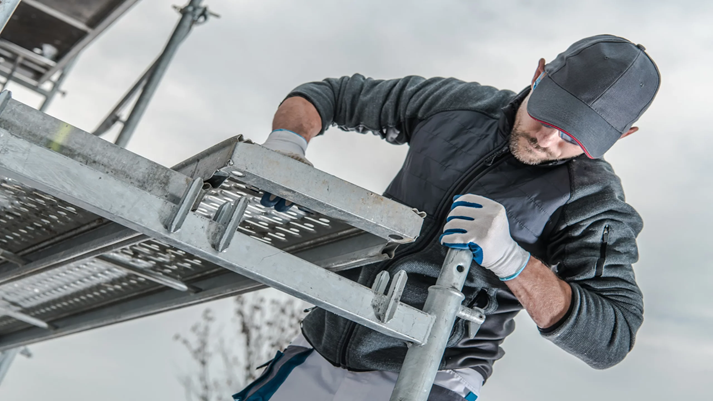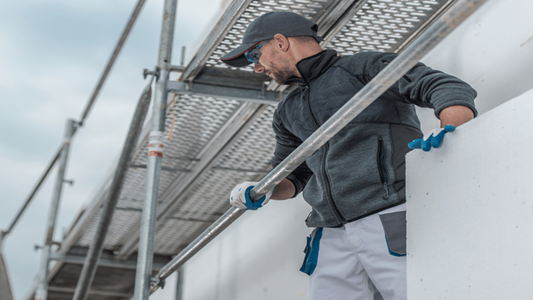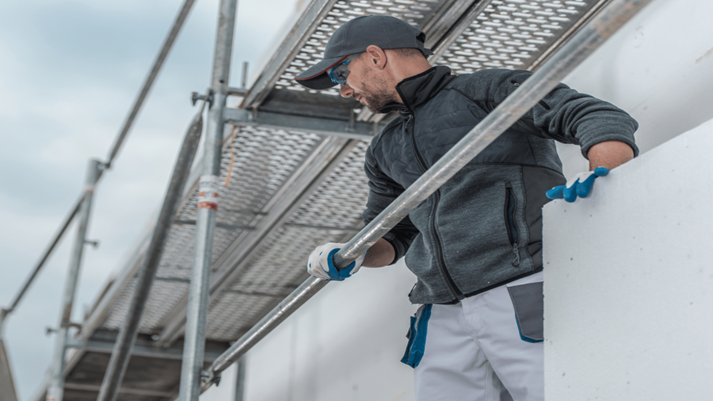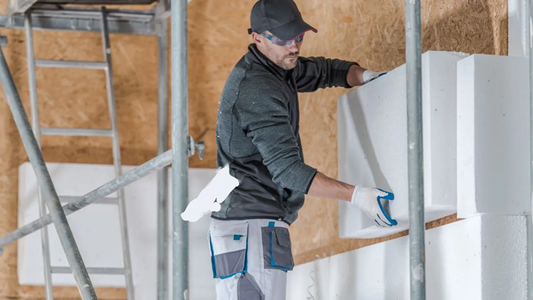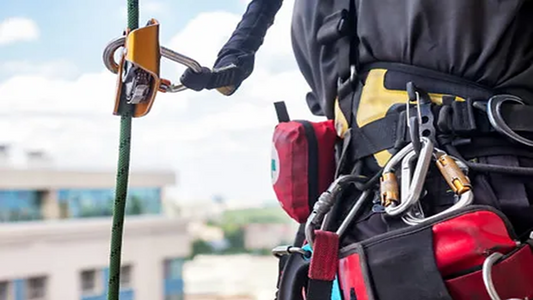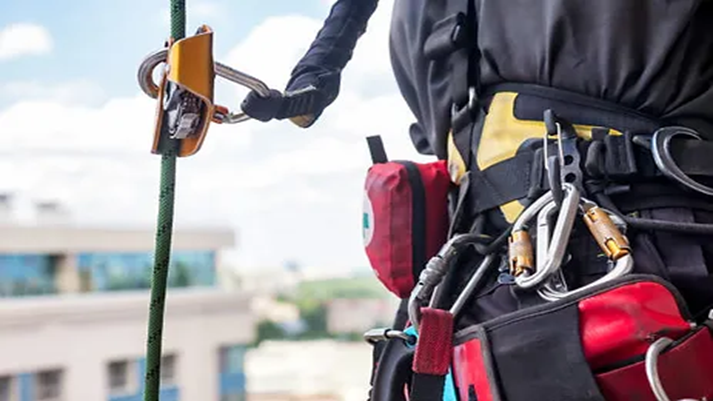Choosing the right scaffolding course is crucial for both safety and efficiency on the construction site. With several course options on the market, it can be difficult to know which course is best for your needs. In this article, we will guide you through the most important factors to consider when choosing a scaffolding course , so that you can make a confident and informed decision.
Why is choosing the right scaffolding course important?
Working at height with scaffolding involves risks. To avoid accidents and ensure that the job is done correctly, competence and approved training are required. Incorrect training can lead to dangerous situations, and in the worst case, serious injuries or death. The right scaffolding course gives you the necessary knowledge to assemble, use and dismantle scaffolding safely.
What should you consider when choosing a scaffolding course ?
1. What height do you work at?
Scaffolding comes in different heights, and it is important to choose a scaffolding course that covers the heights you operate at. For example:
-
Scaffolding courses 2–5 meters with fall protection are well suited for work at lower heights where fall protection is still necessary.
Read more about the course here: Scaffolding course 2–5 meters with fall protection -
Scaffolding course 2–9 meters with fall protection is a more comprehensive course for working on higher scaffolding, and is well suited for larger construction projects.
See the details here: Scaffolding course 2–9 meters with fall protection
2. Will participants assemble or just use scaffolding?
There is a big difference between whether you are going to install scaffolding or just use it as a work platform.
- For those who will only be using scaffolding, our scaffolding user course is recommended, which focuses on safe use without assembly.
- If participants will also be assembling and dismantling scaffolding, the course must cover this, like our courses above.
3. Do you need fall protection training?
Fall protection is a critical element in working at height. Our scaffolding courses include fall protection, but for more in-depth training it may be a good idea to combine with a separate fall protection course . This gives participants extra confidence and competence in the use of fall protection equipment.
4. Do you use lift personnel lifts in your work?
If the work requires the use of lifts or personnel lifts , employees should have valid training in this. We also offer personnel lift courses to ensure that everyone who operates lifting equipment does so in a safe and legal manner.
Benefits of our scaffolding courses
- Flexible training: Our courses are offered both as physical and online courses, so you can choose what suits you best.
- Experienced instructors: We have extensive experience and focus on safety and quality.
- Approved documentation: After completing the course, participants receive a certificate that is valid according to current requirements.
Choosing the right scaffolding course is about matching the course content to the work tasks and risk level on the construction site. We recommend that you consider height, task distribution, need for fall protection and use of lifting equipment when deciding which course is right for you and your employees.
Please contact us if you need help finding the right course, or sign up for one of our popular courses today:
- Scaffolding course 2–9 meters with fall protection
- Scaffolding course 2–5 meters with fall protection
- Scaffolding user course
- Fall protection course
- Lift course for personal lifts
Safety starts with proper training – let us help you get started safely!




